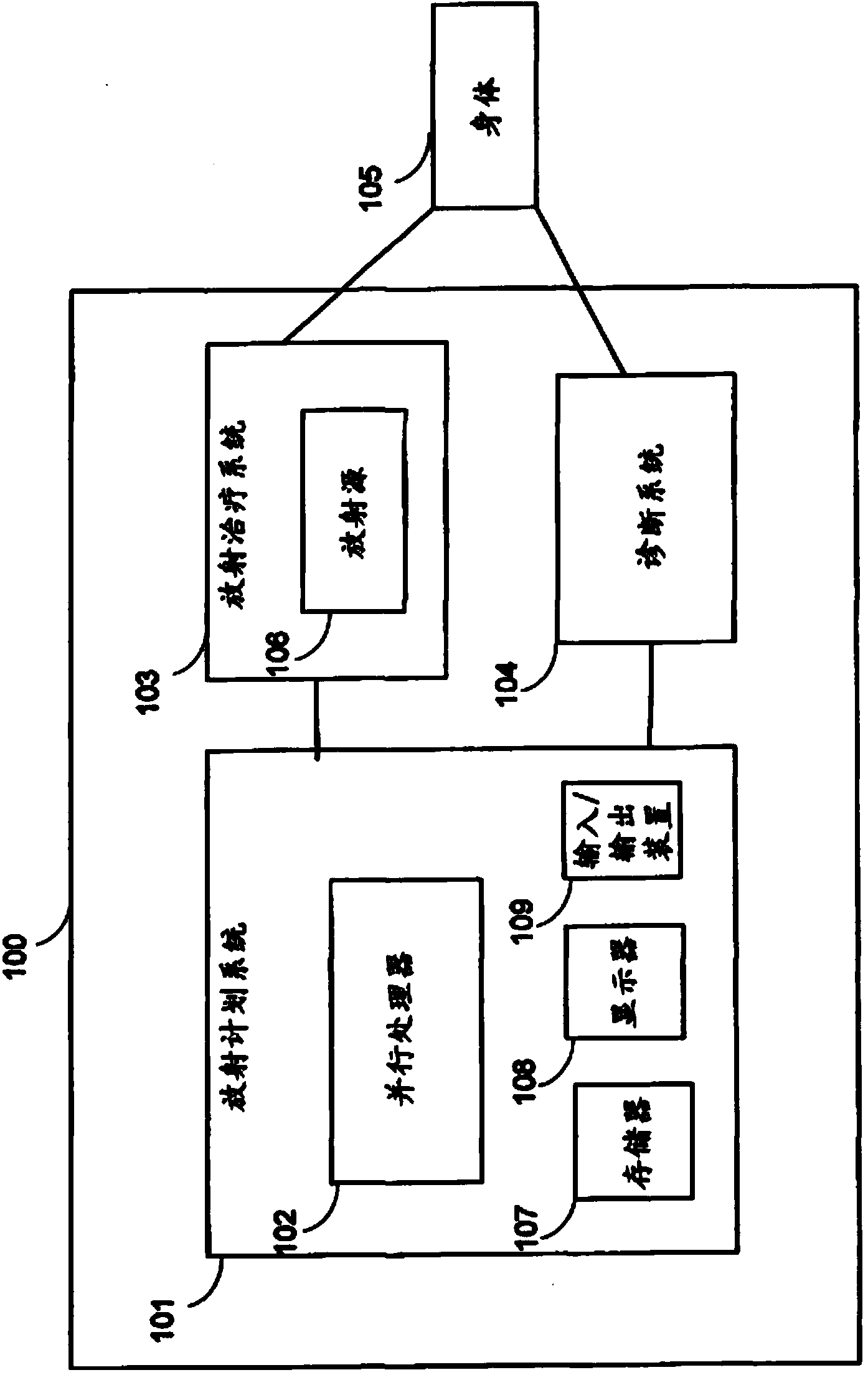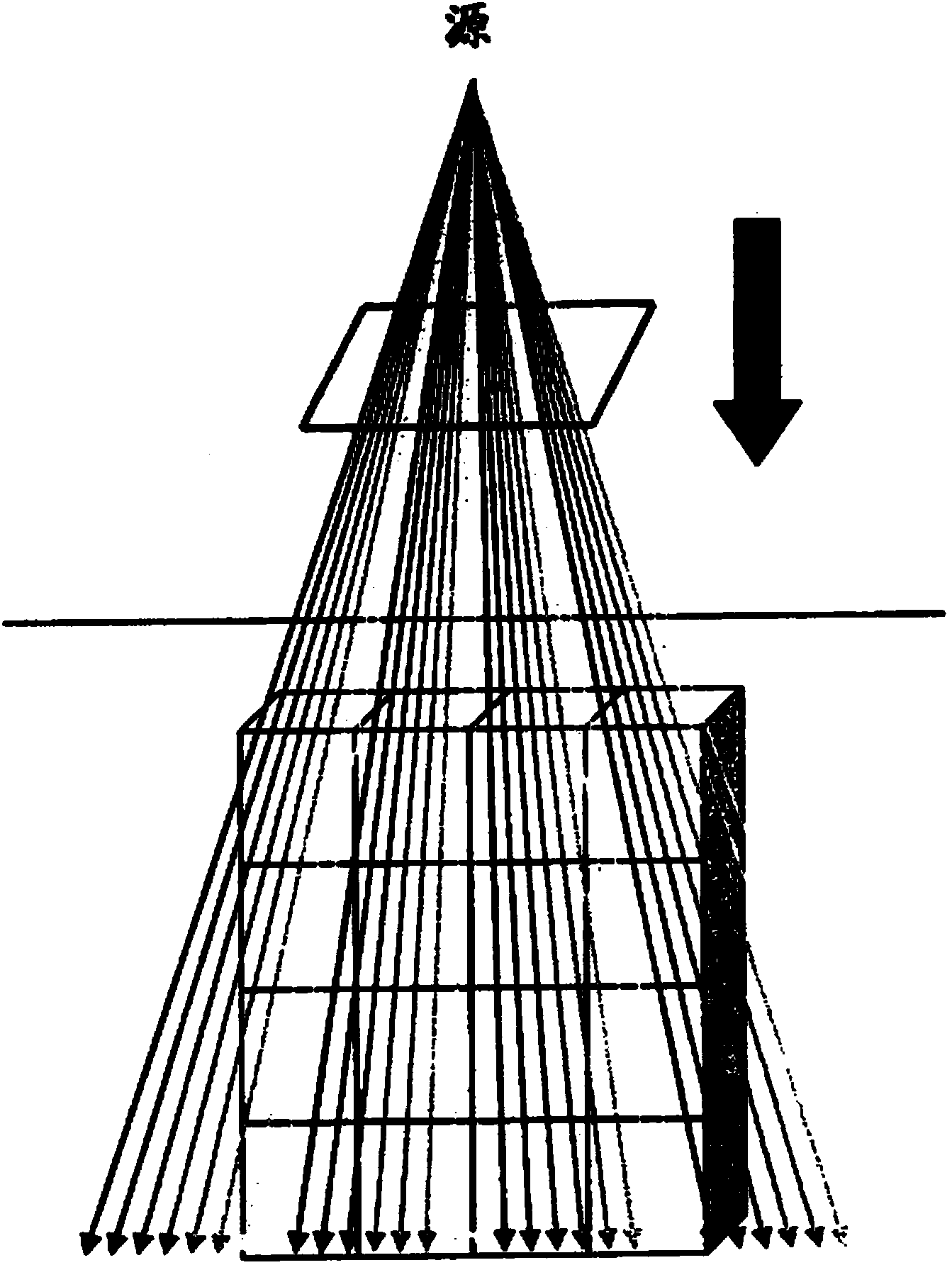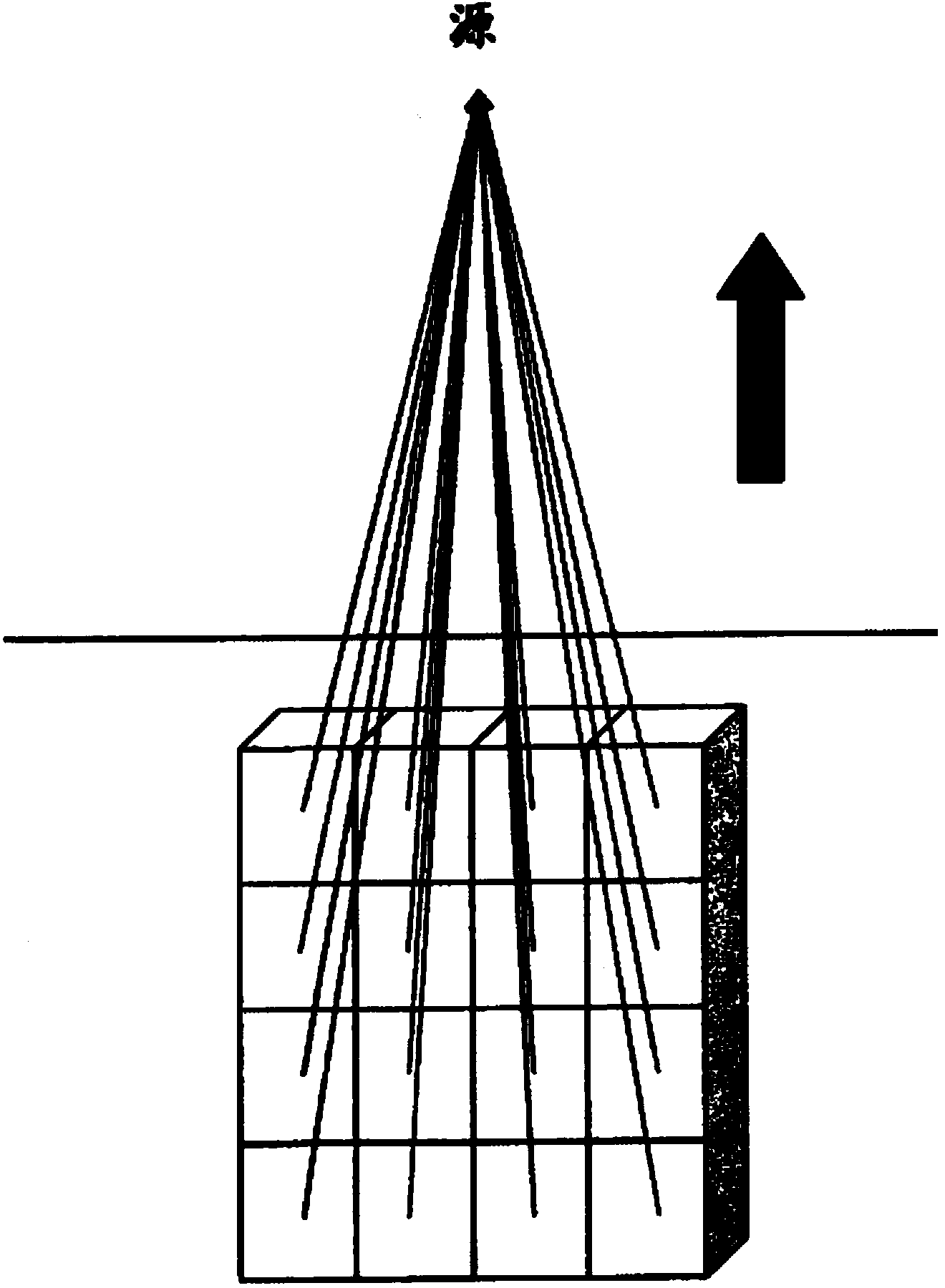Dose computation for radiation therapy using heterogeneity compensated superposition
A radiation therapy and radiation dose technology, applied in radiation therapy, radiation measurement, X-ray/γ-ray/particle irradiation therapy, etc., can solve problems such as read/write conflicts, inaccurate dose calculation, and difficulty in providing good results
- Summary
- Abstract
- Description
- Claims
- Application Information
AI Technical Summary
Problems solved by technology
Method used
Image
Examples
example
[0133] To investigate this parameter space, we use a combination of automated optimization and human graphical inspection. We restrict all parameters except F0 to a small non-negative number, which is limited to ±1 / π. We employ a variety of optimization techniques and objectives. For most optimizations, we summed the squared mean square error as a set of exemplary depth-dose curves. Exemplary examples are ICCR2000, 24MV Water-Lung-Water and 24MV Water-Low Density-Water virtual image studies. These virtual image studies were chosen because they were the most difficult to achieve simultaneously. The error used differs from the traditional gamma metric, which uses percentages rather than absolute dosimetry errors. We use percent error since it does not reduce the error weight in deep or low density materials. We use squared error because it increases the weight of larger errors. We limit the error on average to the target area, 3cm to 17cm, which includes tricky material tra...
PUM
 Login to View More
Login to View More Abstract
Description
Claims
Application Information
 Login to View More
Login to View More - R&D
- Intellectual Property
- Life Sciences
- Materials
- Tech Scout
- Unparalleled Data Quality
- Higher Quality Content
- 60% Fewer Hallucinations
Browse by: Latest US Patents, China's latest patents, Technical Efficacy Thesaurus, Application Domain, Technology Topic, Popular Technical Reports.
© 2025 PatSnap. All rights reserved.Legal|Privacy policy|Modern Slavery Act Transparency Statement|Sitemap|About US| Contact US: help@patsnap.com



